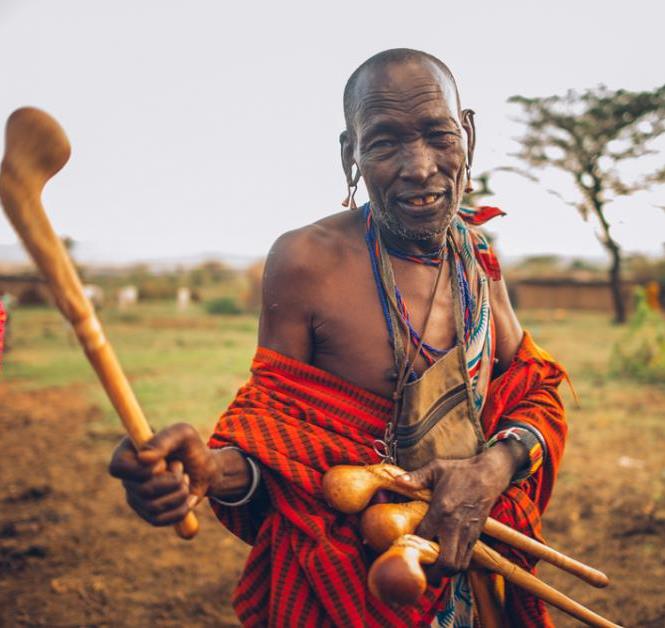Fencing bodes a rapid collapse of the unique Greater Mara ecosystem
Mette Løvschal et al published new article in 'Scientific Reports'

With land privatization and fencing of thousands of hectares of communal grazing areas, East Africa is struggling with one of the most radical cultural and environmental changes in its history. The 668,500-hectare Greater Mara is of crucial importance for the great migrations of large mammals and for Maasai pastoralist culture. However, the magnitude and pace of these fencing processes in this area are almost completely unknown. We provide new evidence that fencing is appropriating land in this area at an unprecedented and accelerating speed and scale. By means of a mapped series of multispectral satellite imagery (1985–2016), we found that in the conservancies with the most fences, areal cover of fenced areas has increased with >20% since 2010. This has resulted in a situation where fencing is rapidly increasing across the Greater Mara, threatening to lead to the collapse of the entire ecosystem in the near future. Our results suggest that fencing is currently instantiating itself as a new permanent self-reinforcing process and is about to reach a critical point after which it is likely to amplify at an even quicker pace, incompatible with the region’s role in the great wildebeest migration, wildlife generally, as well as traditional Maasai pastoralism.
Fencing bodes a rapid collapse of the unique Greater Mara ecosystem
Scientific Reports 7, Article number: 41450 (2017) doi:10.1038/srep41450, Nature Publishing
Contact:
Assistant Professor Mette Løvschal, IMC and Dept. of Prehistoric Archaeology



